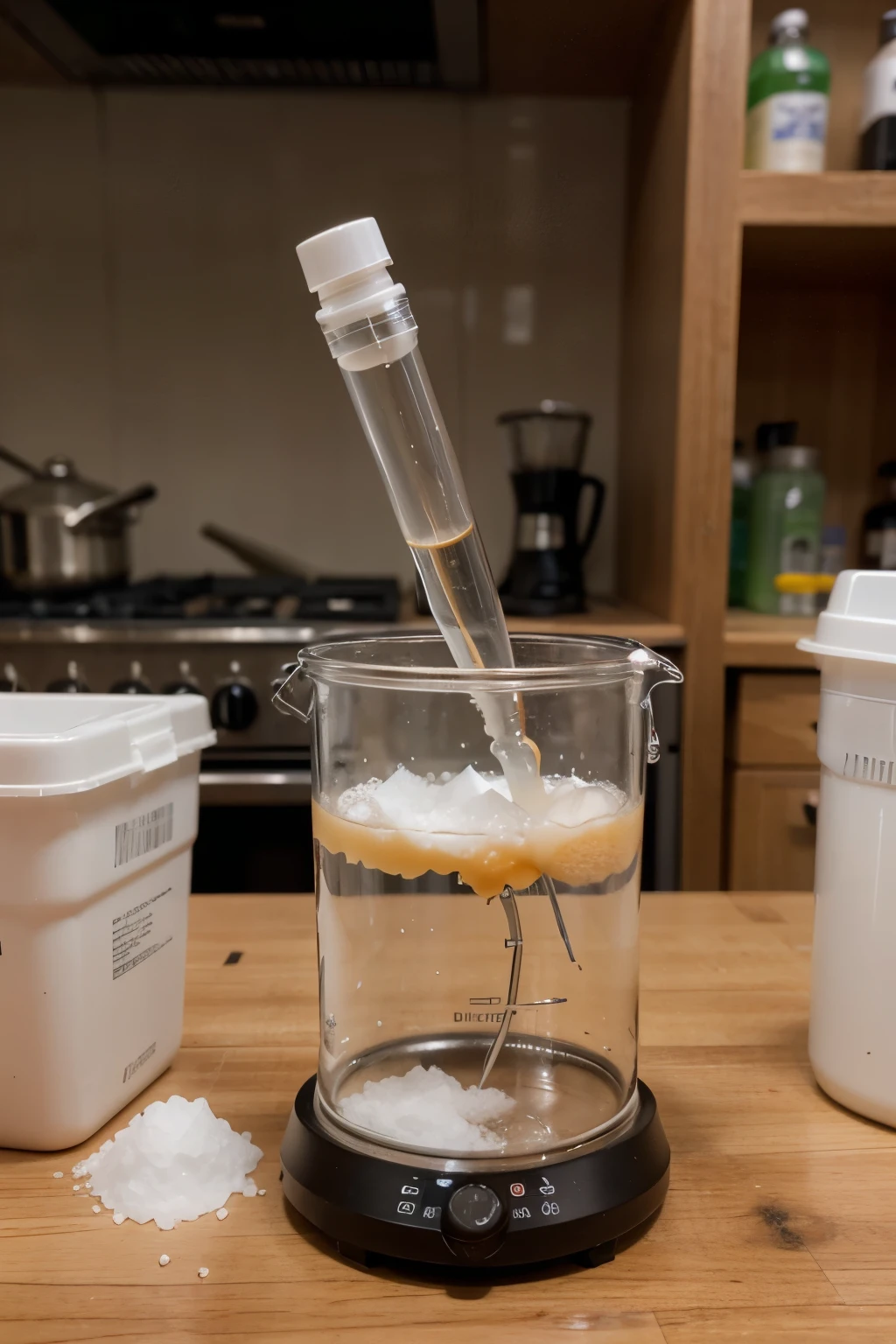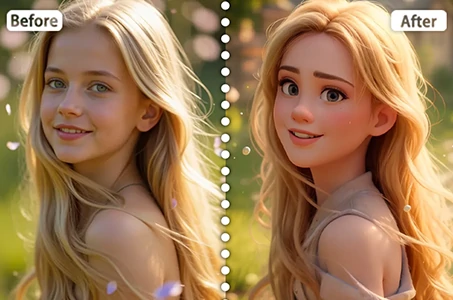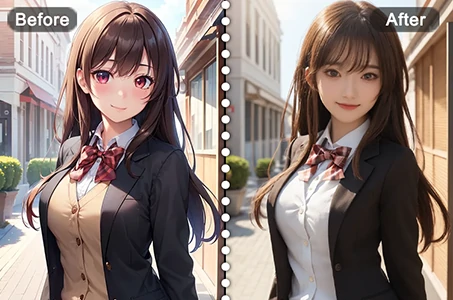There is a blender with a liquid in it on a counter

Prompts
Copy
Draw the experiment all the equitment needed
,
labelled in the lab
Preparation of solutions:
1
.
Firstly
,
gather all the chemicals needed to perform the experiment lithium chloride
,
sodium chloride
,
potassium chloride
,
calcium chloride
,
and strontium chloride
.
2
.
Calculate the amount needed for the preparation of 100mL of -0
.
1M solution for each metal salt
,
and then measured via the analytical balance analytical balance (±0
.
01 g) the amount needed
.
3
.
Furthermore
,
each metal salt should then be separated into (5 separate 250mL beakers) labelled regarding what metal salt is where
.
4
.
Then add 10mL distilled water into each beaker
,
and using a stirring rod
,
ensure that the metal salt is dissolved within the distilled water
.
Capillary method:
1
.
Put one of the beakers with the solution onto the tripod stand
.
2
.
Gather the clamp stand and put 1 capillary tube into the beaker until it is completely filled
.
3
.
Thus
,
then insert the seal the open end of the capillary tube so the heat does not escape it
,
using the Bunsen burner
.
4
.
Then put the Bunsen burner underneath the tripod stand
,
to ensure that the beaker gets heated by the Bunsen burner
.
5
.
Start the digital watch
.
6
.
Then heat each end of the capillary tube
,
using the Bunsen burner until the solution inside melts and begins to rise
.
7
.
Lastly
,
you should then measure the temperature of the solution when it seems to be melting using the digital thermometer
,
and note it down
,
how long it took for each solution to melt
.
8
.
Repeat the steps 1-7 (9x more
,
per trial) for each metal salt
.
9
.
After the conclusion of the experiment
,
ensure that all solutions are disposed of correctly (into the drain)
,
following proper dilution procedures
.
Whilst any heated solutions should be cooled down before disposal
INFO
Checkpoint & LoRA

Checkpoint
epiCRealism
0 comment
0
0
0









